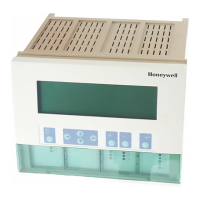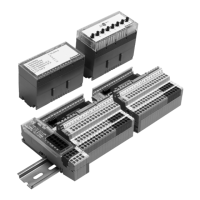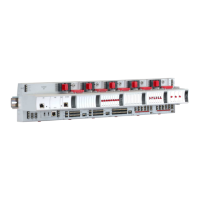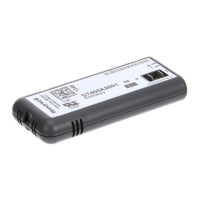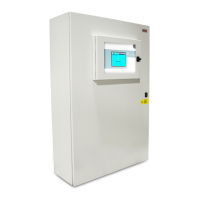commissioning engineers assign the correct priority to each alarm condition. You also need to
take into account 'cascading alarm' scenarios—for example, if a pump failure results in a
pressure drop, the pump failure alarm requires a higher priority than the pressure alarm.
Experion prioritizes alarms at two levels:
n
Priority. The priorities are: Urgent, High, Low and Journal (the default)
n
Sub-priority. These range from 15 (highest) to 0 (lowest)
Note that if critical alarm support is enabled, urgent priority alarms with a sub priority of 15
will be shown as critical priority alarms on the Alarm Summary and other displays. For
information about how to enable critical alarms, see “Customizing alarm colors” in the Station
Configuration Guide.
All alarms, except Journal, appear in the Alarm Summary and are therefore responded to by
operators. All alarms, including Journal, are written to the event journal.
System alarms are assigned a Honeywell default priority and sub-priority. These can be
adjusted at the server cluster level as required. For more information, see “Configuring system
alarm priorities” in the Station Configuration Guide.
Views
You can improve alarm management by creating appropriate views for operators. (A view
shows a particular subset of alarms, and presents the details in a particular way.) The
following figure, for example, shows an Alarm Summary that only lists urgent alarms. Note
that when a filter has been applied to the Alarm Summary, the (Filter applied) indication
appears to the left of the Clear All Filters button. For more information see the topic
“Creating a view of a summary display” in the Station Configuration Guide.
It is also possible to restrict the system alarms that are displayed, by selecting the minimum
system alarm priority to be visible to the operator, console, Console Station, or Flex Station.
Alarms and events
Honeywell 2017 93
